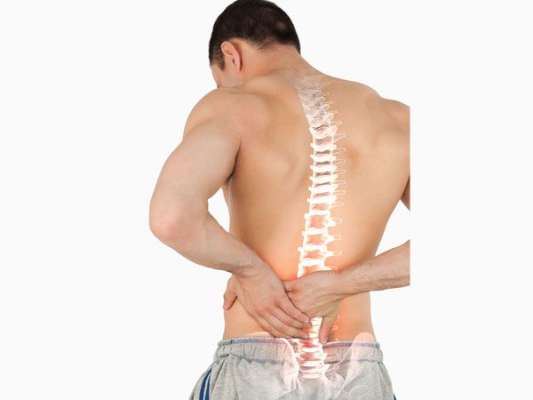Osteoporosis is considered as a women’s disease by most men; but men are more prone to break a bone due to osteoporosis than to get prostate cancer.
Men are more prone because of their lifestyle and habits and only a few can recognize the problem before breaking a bone.
Osteoporosis is a silent disease that is tough to detect. As men have a larger skeleton, bone loss starts much later and happens at a much slower rate, as men don’t have fast hormonal change. Rate of loss in men in their 50’s is much lower as compared to women of the same age because they go through menopause. At the age of 65-70 years both have the same rate of bone loss.
There Are 2 Main Types Of Osteoporosis:
1. Primary Osteoporosis: For men over 70, the condition is called Senile Osteoporosis and is caused by an age-related issue and bone loss is the major reason. For men below the age of 70, the term used is Idiopathic Osteoporosis.
2. Secondary Osteoporosis: The loss of bone mass is caused because of a certain lifestyle behaviour. The most common reason is exposure to excess alcohol consumption, smoking, lack of exercise and gastrointestinal disease.
Main Reasons For Rise Of Osteoporosis In Men
1) Age
Age is the biggest factor in men for having the disease. After the age of 50, men lose their bone density at the rate of about 0.5 to 1 percent yearly. This happens because the body cannot rebuild the bones at the same rate as before the age of 50.
This happens because of loss of testosterone, as a small amount of estrogen is also produced, which is required to balance bone-building and bone-reabsorption.
2) Lack Of Calcium And Vitamin D
Both of these play an integral role in bone health. Vitamin D helps to absorb the food we eat and calcium is essential to build the bones stronger and make them less prone to fracture. Dairy products and milk are the best sources for calcium as an average man above 50 needs around 1000 mg of calcium daily.
And Vitamin D is automatically absorbed by the body when exposed to sunlight. One can take supplements to fulfil these needs but take care not to intake more than 500 mg of calcium at once, else the body cannot accept it.
3) Not Exercising
Not exercising can make the bones more fragile and prone to fracture. Workout for at least 30 minutes daily to keep your bones strong. Try jogging, running or any other sport.
4) Excessive Alcohol
Consumption of excessive alcohol can speed up the process of bone loss and can also affect your liver. People who consume alcohol daily should try to reduce it or should limit themselves to not more than 2 drinks a day.
5) Smoking
Consumption of tobacco is directly linked to bone thinning, as smokers are less physically active than non-smokers, thus directly affecting their bones.
6) Consumption Of Certain Medicines
Medicines for problems like depression, diabetes, rheumatoid arthritis, cancer, heart burn and also steroids can serve as a reason for bone loss. If you consume these medications, try to exercise more; and consumption of steroids and heart burn medicines also should be stopped.
Dos And Don’ts Of Osteoporosis Treatment
DOS:
1) Balancing Exercise: Stand on one leg while holding a bar with the opposite hand. Do this for not more than 15 seconds and repeat this with the other leg. Do at least 10 reps daily. To make it a little difficult, try to stand on a pillow.
2) Walk Heel to Toe: Try to walk slowly placing one foot exactly in front of the other, heel to toe. You can take the support from a person or a bar. Do this for 100 metres daily.
3) Leg raise: Stand on one leg and lift your other leg to your side. Hold it for 10 seconds and change the leg. Repeat this activity daily.
4) Straight Spine: Hold your spine straight while doing exercises and while sitting. It’s better, as it increases the strength.
DON’TS:
1) Avoid moving too fast and avoid exercising that includes you to bend forward or backwards. This could increase the risk of vertebral fracture.
2) Don’t lift weights above 5-6 kg at once and also try not to repeat it.
3) Avoid exercise or activities which may have chances of you falling, as it might cause fracture. Activities like jumping, cycling, etc., should also be avoided.
4) Always make sure you have some kind of support at your disposal if in case you lose your balance. Also, don’t lock your knees, as you might lose balance.
5) Never exercise alone, always take someone with you in case you need help.








